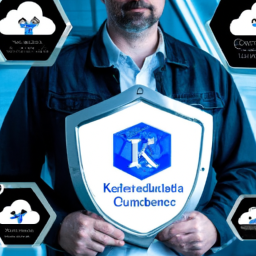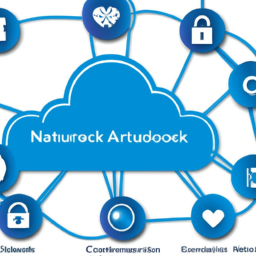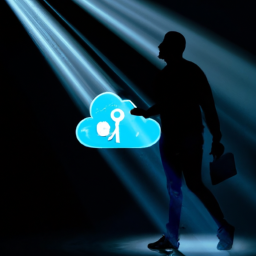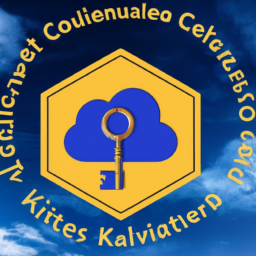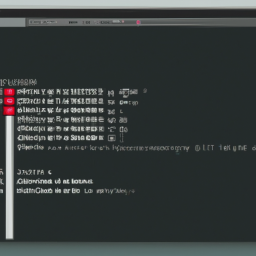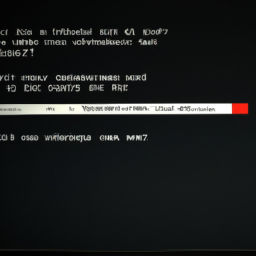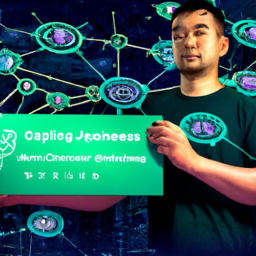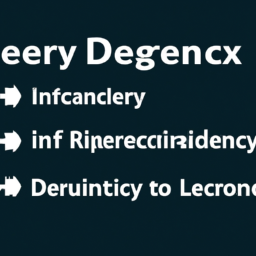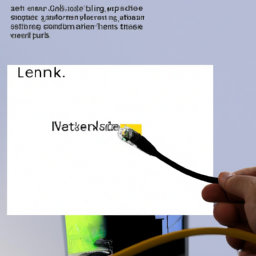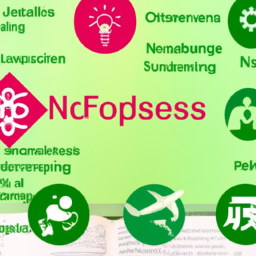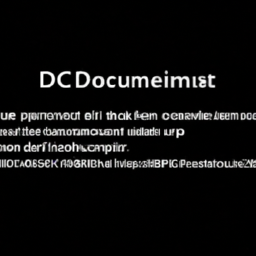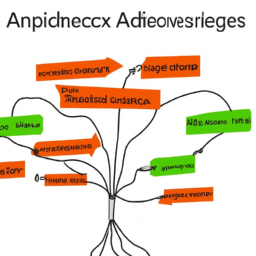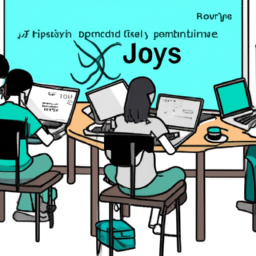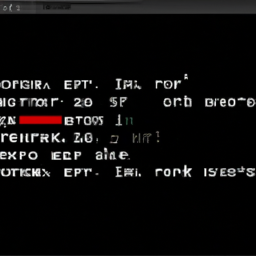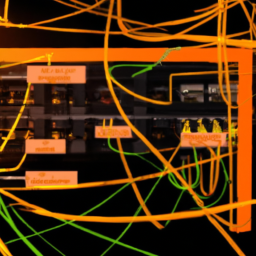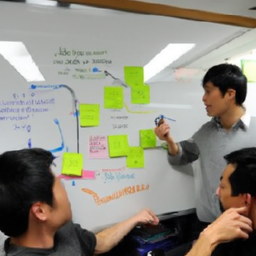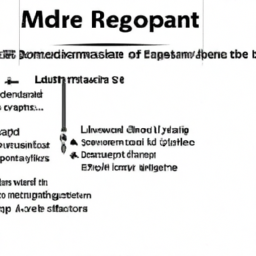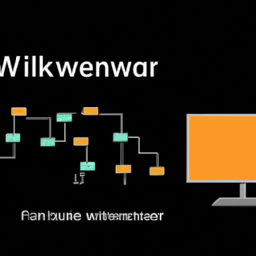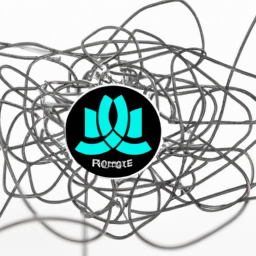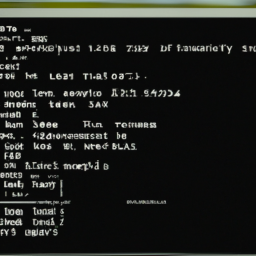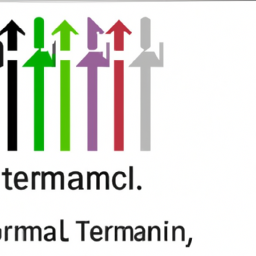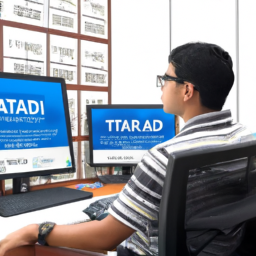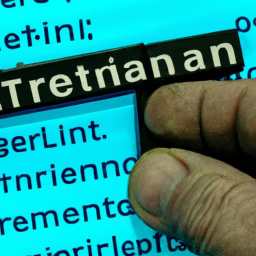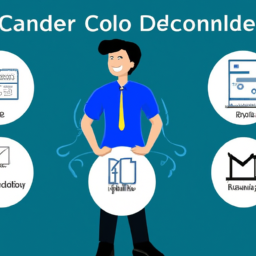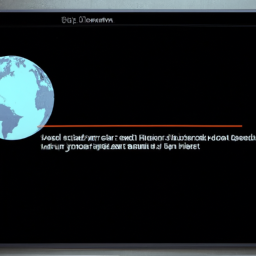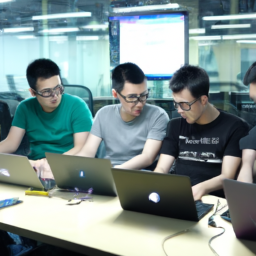Are you ready to unleash the power of Kubernetes and cloud native security in real-world scenarios? Get ready to witness a revolution in application security like never before.
Imagine a world where your containerized applications are impenetrable fortresses, compliance and regulatory requirements are effortlessly met, vulnerabilities and threats are thwarted in real time, and identity and access management is seamless. Sounds too good to be true?
Well, get ready to be amazed because in this article, we will dive deep into the practical applications of Kubernetes and cloud native security that will transform your security landscape.
From securing containerized applications to ensuring compliance and regulatory requirements, protecting against vulnerabilities and threats, managing identity and access management, monitoring and incident response, and disaster recovery and business continuity, we’ve got you covered.
So buckle up and prepare to embark on a journey that will elevate your security game to unprecedented heights.
Key Takeaways
- Securing network communication between containers and external systems is crucial, and can be achieved through network policies and encryption.
- Compliance and regulatory requirements play a crucial role in securing containerized applications, and can be ensured through access controls, auditing mechanisms, and security patches.
- Protecting against vulnerabilities and threats requires continuous monitoring, including vulnerability scans, penetration tests, and the use of threat intelligence and automated tools.
- Role-based access controls (RBAC) are important for managing identity and access management in a Kubernetes environment, providing granular control, simplified administration, enhanced security, and compliance.
Securing Containerized Applications
Securing containerized applications is crucial for maintaining the integrity and protection of your cloud-native infrastructure. With the increasing adoption of container runtimes like Docker and Kubernetes, it’s essential to implement robust security measures.
One important aspect is securing network communication between containers and external systems. By implementing network policies, you can control the flow of traffic and ensure that only authorized communication occurs. Additionally, you can encrypt network traffic using protocols like Transport Layer Security (TLS) or Virtual Private Networks (VPNs). This helps prevent eavesdropping and unauthorized access to sensitive data.
Ensuring compliance and regulatory requirements is also vital when securing containerized applications. This involves implementing access controls, auditing mechanisms, and regularly updating security patches. By following these practices, you can create a secure environment for your containerized applications and meet regulatory standards seamlessly.
Ensuring Compliance and Regulatory Requirements
You can’t escape the watchful eye of compliance and regulatory requirements, so buckle up and ensure that you’re playing by the rules in the ever-evolving landscape of technology. Compliance auditing and data privacy are crucial aspects of securing containerized applications. Kubernetes and cloud native security provide mechanisms to ensure compliance with industry regulations and protect sensitive data.
To emphasize the importance of compliance and data privacy, consider the following table:
| Compliance Standards | Description | Relevant Regulations |
|---|---|---|
| PCI DSS | Ensures secure handling of credit card data | Payment Card Industry Data Security Standard |
| HIPAA | Protects personal health information | Health Insurance Portability and Accountability Act |
| GDPR | Safeguards data privacy for EU citizens | General Data Protection Regulation |
By adhering to these standards and regulations, organizations can mitigate risks and prevent penalties. However, compliance is just one piece of the puzzle. The next section will discuss how to protect against vulnerabilities and threats.
[Transition: Now, let’s explore how to protect your containerized applications against vulnerabilities and threats.]
Protecting Against Vulnerabilities and Threats
To safeguard your containerized applications, it’s essential to stay vigilant against potential vulnerabilities and threats. Continuous monitoring is critical to detect any security weaknesses or malicious activities. By implementing regular vulnerability scans and penetration tests, you can identify and address vulnerabilities before they can be exploited.
Additionally, leveraging threat intelligence can provide valuable insights into emerging threats and attack patterns, allowing you to proactively protect your applications. Automated tools can help streamline the monitoring process, providing real-time alerts and notifications when suspicious activities are detected.
By staying proactive and continuously monitoring your applications, you can effectively protect against vulnerabilities and threats. This ensures that your containerized applications remain secure and reliable.
As you manage identity and access management, it’s important to implement robust security measures to prevent unauthorized access and maintain the integrity of your system.
Managing Identity and Access Management
To effectively manage identity and access management (IAM) in a Kubernetes environment, you need to implement role-based access controls (RBAC) that define the permissions and actions each user or group can perform. RBAC ensures that only authorized individuals can access and modify resources within the cluster.
Additionally, integrating with existing authentication systems, such as LDAP or Active Directory, enables you to leverage the existing user base and access controls, providing a seamless and secure user experience.
Implementing role-based access controls
By implementing role-based access controls, you’ll be able to control every aspect of your Kubernetes environment with the precision of a surgeon, ensuring that only those with the proper credentials can access and modify critical resources. Role-based access controls (RBAC) provide a flexible and scalable way to manage user access and permission control in Kubernetes.
Here are four benefits of implementing RBAC:
-
Granular control: RBAC allows you to define fine-grained roles and permissions, giving you the ability to control access at a very detailed level.
-
Simplified administration: RBAC simplifies the process of managing user access by allowing you to assign roles to users or groups, reducing the administrative overhead.
-
Enhanced security: RBAC helps enforce the principle of least privilege, ensuring that users only have the necessary permissions to perform their tasks.
-
Compliance: By implementing RBAC, you can easily demonstrate compliance with security standards and regulations.
By implementing role-based access controls, you can ensure the security and integrity of your Kubernetes environment. Now let’s explore how you can integrate RBAC with your existing authentication systems.
Integrating with existing authentication systems
Unlock the full potential of your authentication systems by seamlessly integrating them with RBAC in order to fortify the security of your Kubernetes environment. By integrating with existing authentication systems, such as Single Sign-On (SSO) or LDAP (Lightweight Directory Access Protocol), you can leverage their robust security mechanisms and streamline user management. SSO allows users to authenticate once and access multiple systems, reducing the risk of password-related vulnerabilities. LDAP integration enables you to centralize user authentication and authorization, simplifying access control management across your Kubernetes clusters. By incorporating RBAC with your existing authentication systems, you can enforce fine-grained access controls based on user roles and permissions, ensuring that only authorized users can perform certain actions within your Kubernetes environment. This integration promotes a secure and efficient workflow, minimizing the risk of unauthorized access or data breaches. Moving forward, let’s explore how monitoring and incident response can further enhance the security of your Kubernetes environment.
Monitoring and Incident Response
Fortunately, with proper monitoring and incident response, organizations can effectively identify and address security threats in their Kubernetes and cloud native environments. Incident detection plays a crucial role in this process, as it enables real-time identification of security incidents and potential vulnerabilities.
By implementing robust monitoring tools and techniques, such as log analysis and anomaly detection, organizations can proactively detect any unusual activities or unauthorized access attempts. Once an incident is detected, a well-defined security incident management process should be in place to ensure a swift and effective response. This includes incident triage, containment, eradication, and recovery.
By promptly responding to security incidents, organizations can minimize the impact and potential damage. Transitioning into the subsequent section about ‘disaster recovery and business continuity’, it’s important to have a comprehensive plan in place to ensure minimal disruption in the event of a security incident.
Disaster Recovery and Business Continuity
In the face of potential security incidents, it’s essential for organizations to have a solid disaster recovery and business continuity plan. This plan helps minimize disruptions and maintain operations. Kubernetes and cloud native security play a crucial role in ensuring a smooth disaster recovery process.
With disaster recovery planning, organizations can identify potential risks and develop strategies to mitigate them. This includes creating backups of critical data and applications, as well as establishing processes for their restoration in the event of a disaster.
Kubernetes provides features like data replication and failover mechanisms, which help ensure that data is consistently backed up and available for recovery. Additionally, cloud native security tools can help monitor and protect data during the recovery process, ensuring its integrity and confidentiality.
By incorporating these practices into their overall security strategy, organizations can effectively safeguard their data and maintain business continuity.
Frequently Asked Questions
How does Kubernetes help in securing containerized applications?
Kubernetes helps secure containerized applications by providing various built-in features. It offers isolation between containers, preventing unauthorized access or data leakage.
Kubernetes also enables fine-grained access control, allowing you to define who can access and modify resources. It provides automated health checks and crash recovery, ensuring application availability.
Additionally, Kubernetes supports secret management for securely storing sensitive information. These benefits make Kubernetes an ideal choice for application security in containerized environments.
What are some common compliance and regulatory requirements that organizations need to consider when using Kubernetes and cloud-native security?
When using Kubernetes and cloud-native security, organizations must consider common compliance and regulatory requirements to ensure data protection and effective risk management.
Think of these requirements as guardrails on a twisting road, guiding you safely through potential pitfalls. By adhering to regulations such as GDPR or HIPAA, you can ensure the secure handling of sensitive data and mitigate potential risks.
These requirements provide a framework for organizations to implement robust security measures and safeguard their infrastructure.
How can organizations protect against vulnerabilities and threats in a Kubernetes environment?
To protect against vulnerabilities and threats in a Kubernetes environment, organizations should focus on Kubernetes vulnerability management and threat detection.
Implementing regular vulnerability assessments and patch management processes is crucial to identifying and addressing any weaknesses.
Additionally, organizations should leverage Kubernetes-native security tools and practices, such as network segmentation, RBAC, and container isolation, to enhance security.
Continuous monitoring and logging, along with proactive threat detection mechanisms, can help identify and respond to any potential security breaches promptly.
What is the significance of managing identity and access management in the context of Kubernetes and cloud-native security?
Managing access controls and securing user identities in the context of Kubernetes and cloud-native security is just a minor detail, really. I mean, who needs to keep track of who has access to what in a complex and dynamic environment like this? It’s not like unauthorized access or data breaches are a big deal.
But hey, if you actually want to protect your resources and ensure only authorized users can access them, then managing identity and access management becomes absolutely crucial. It’s all about preventing unauthorized access and maintaining the integrity of your system.
So yeah, it’s kind of a big deal.
How can organizations effectively monitor and respond to security incidents in a Kubernetes environment?
To effectively monitor and respond to security incidents in a Kubernetes environment, organizations need robust monitoring tools that provide real-time visibility into the system. This includes monitoring for unauthorized access attempts, unusual network traffic, and abnormal behavior.
Using automated alerts and proactive threat intelligence, organizations can quickly detect and respond to incidents. Incident response plans should be in place, outlining the steps to take when an incident occurs, including containment, investigation, mitigation, and recovery.
Conclusion
In conclusion, Kubernetes and cloud native security provide a powerful platform for protecting containerized applications, ensuring compliance, and mitigating vulnerabilities. By implementing robust identity and access management, monitoring, and incident response strategies, organizations can stay one step ahead of threats.
Additionally, disaster recovery and business continuity measures guarantee uninterrupted operations. Embrace the all-encompassing capabilities of Kubernetes and cloud native security to safeguard your systems, seal any security gaps, and secure success in the ever-evolving digital landscape.




